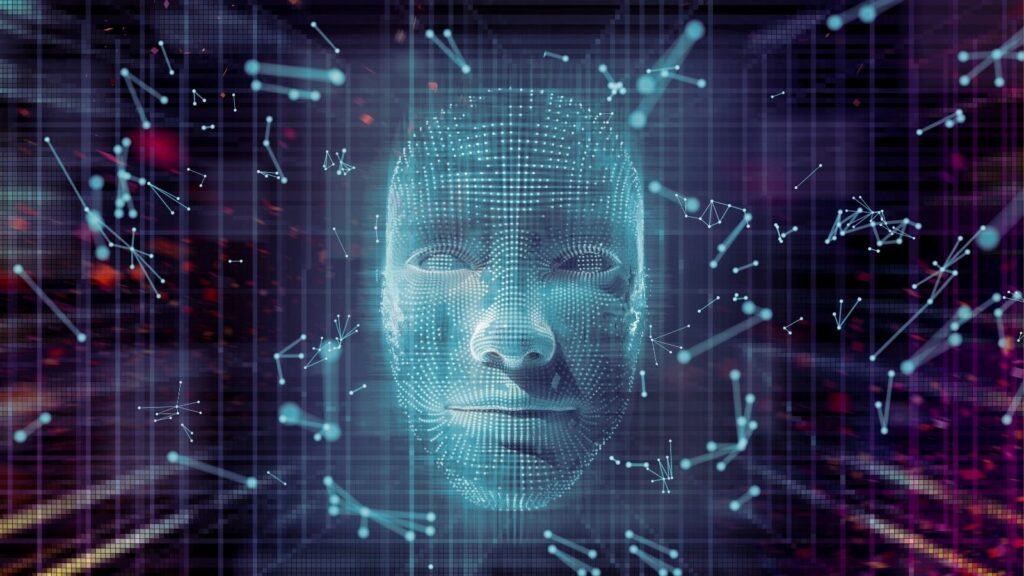Artificial Intelligence (AI) is considered one of the most important technological breakthroughs this century. It is widely used to create attractive, heterogeneous applications that help get things done and develop innovative solutions that have transformed industries and the way we live our lives. However, as AI rapidly advances, many jobs are becoming obsolete at a pace faster than we could have ever anticipated. These 17 disturbing facts prove that AI is increasingly taking over human roles across various fields.
AI Is Learning Faster Than Humans Can Adapt:
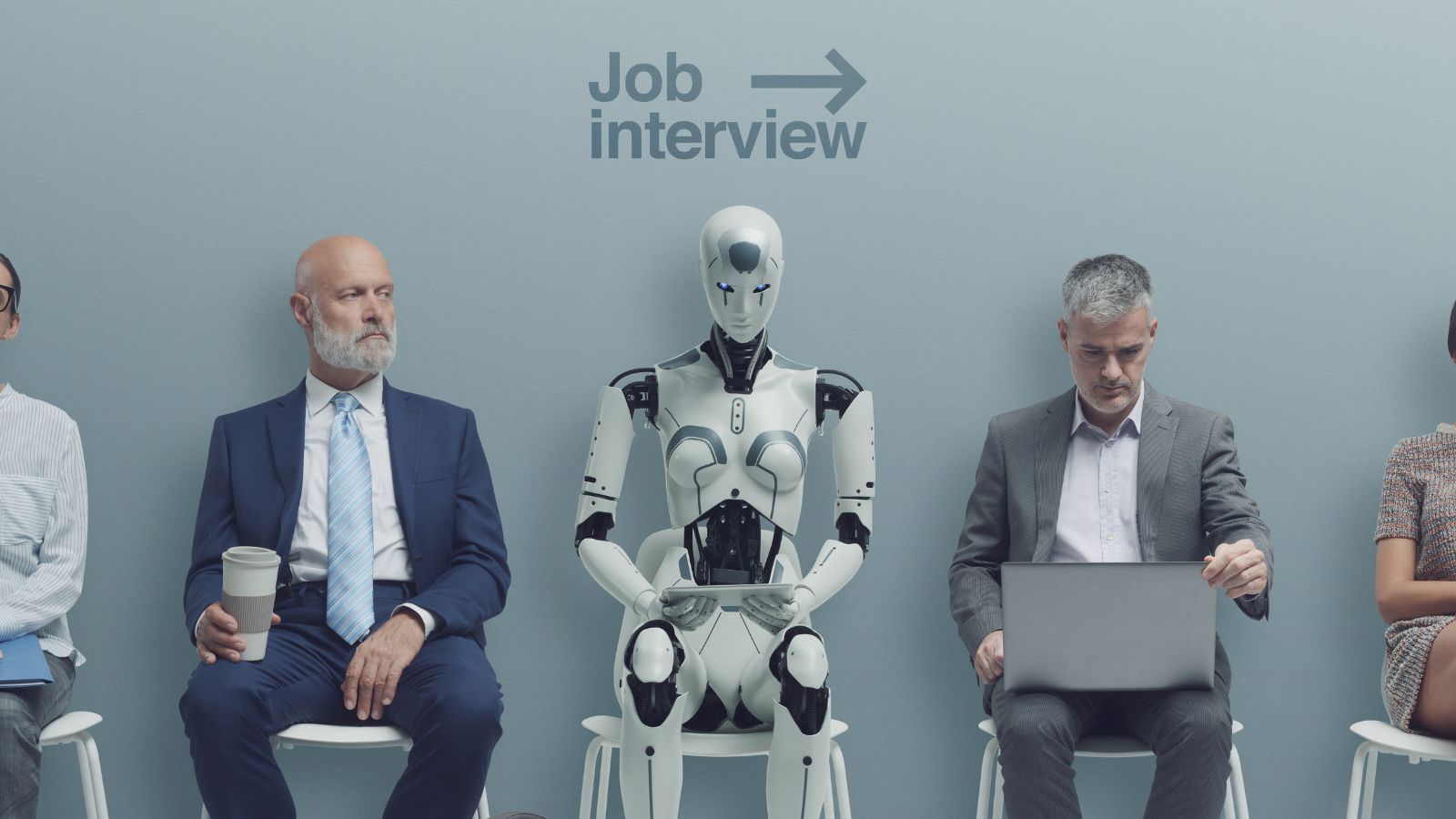
Robots and AI systems, especially machine learning models, are designed to improve with every interaction. Theoretically, the more data they handle, the more precise and efficient they become. However, while AI can quickly change and learn new things, human adaptation occurs on a much slower timescale. According to experts, workers often find it challenging to keep up with the advancements made by their mechanical counterparts. This trend particularly puts jobs that involve repetitive or data-driven tasks at risk.
AI Can Perform Complex Tasks in Seconds:
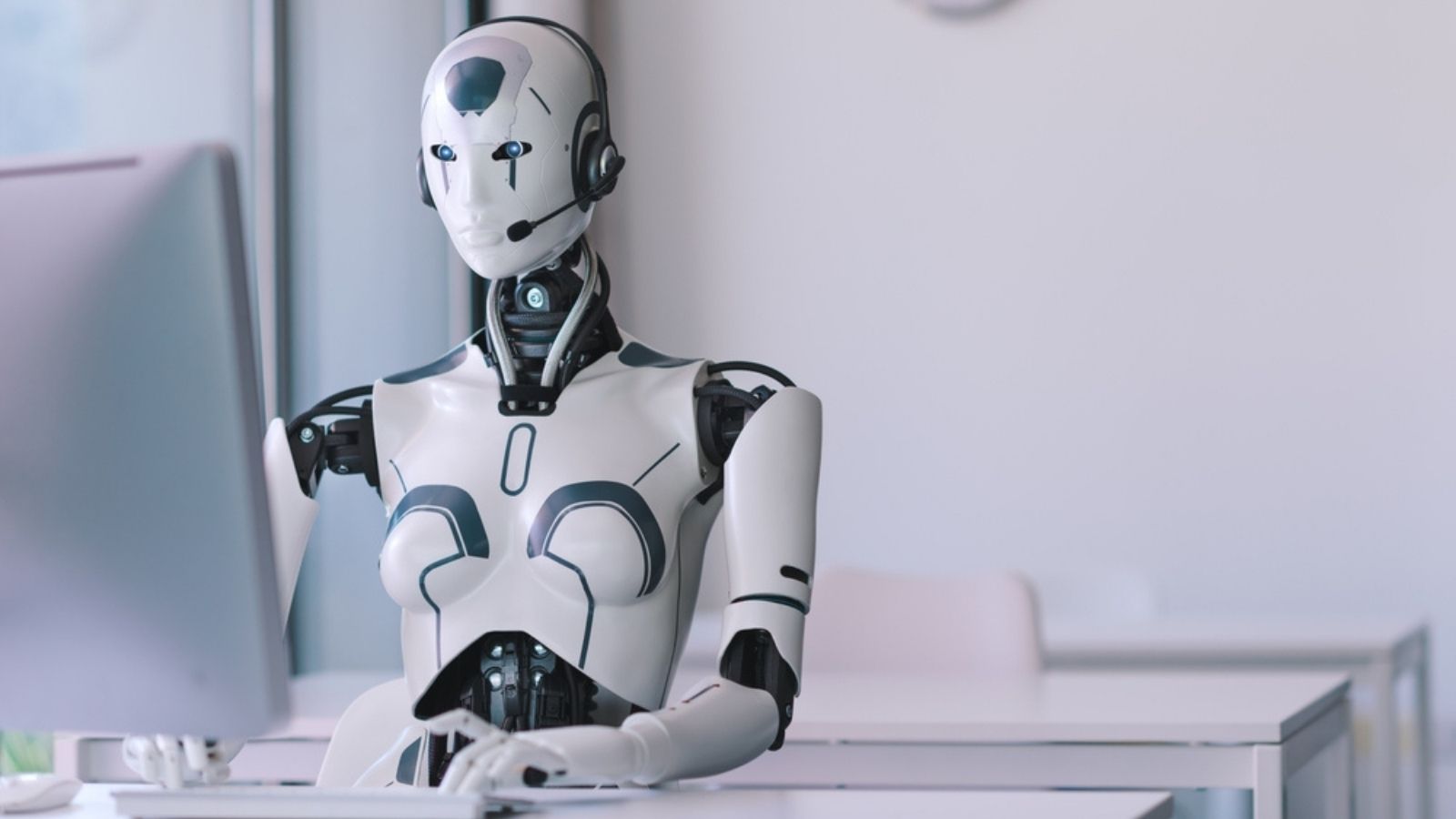
One of the main reasons artificial intelligence is taking over jobs at such an alarming rate is its ability to process data in seconds. Thanks to this capability, tasks that would have taken people hours or even days can now be completed in virtually no time at all. AI can handle complex operations such as tax filings and legal research, which means traditional roles for accountants and legal assistants can increasingly be replaced by software.
Automation Is Outpacing Job Creation:
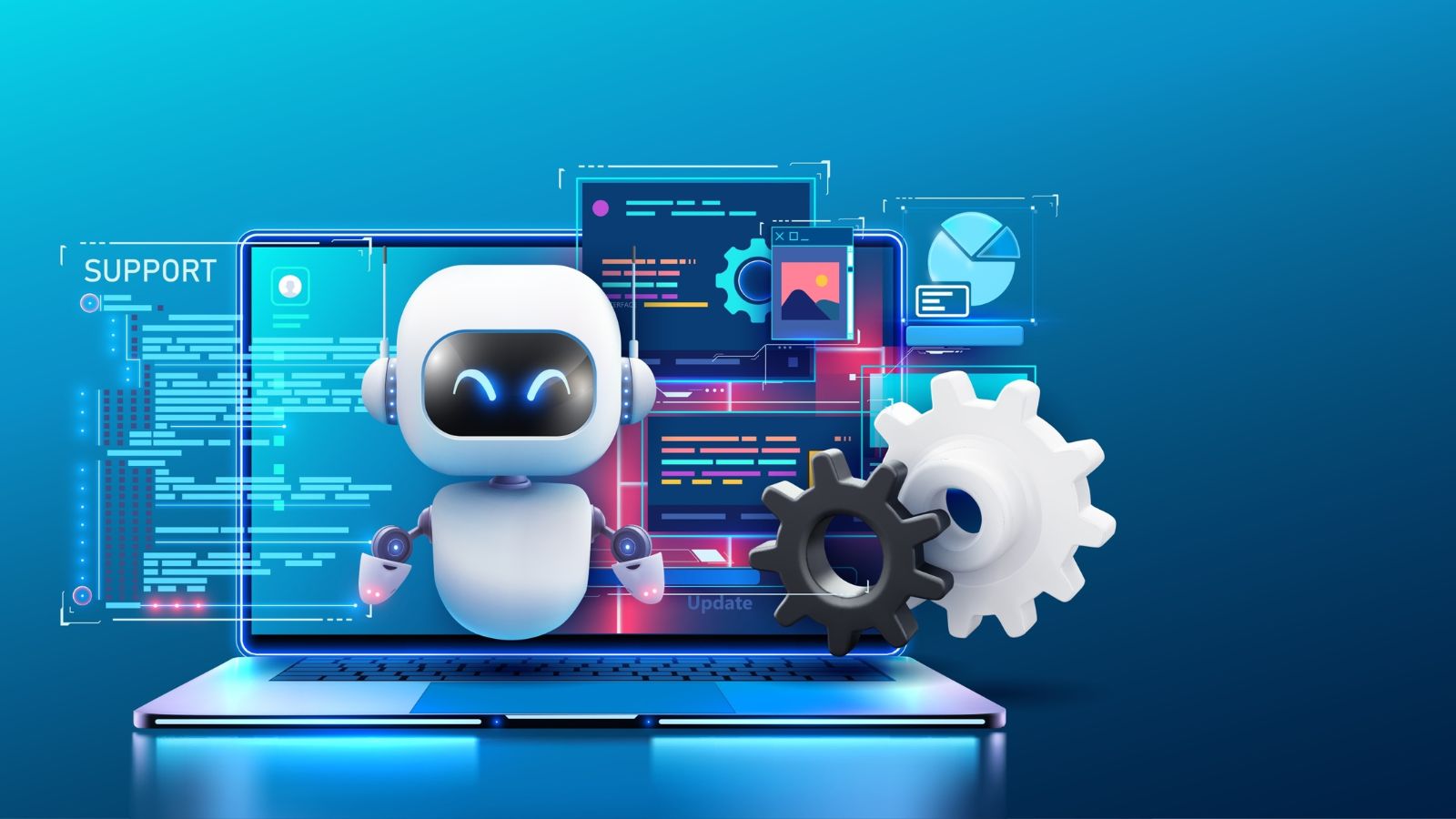
Although new AI development and machine maintenance jobs are being created, they do not compensate for the hundreds of millions of roles AI is automating. According to the World Economic Forum, AI is expected to replace 85 million jobs worldwide by 2025 but is only projected to create around 97 million new positions. The catch? Most of these new jobs require a higher level of technical proficiency, leaving those who have lost their previous roles without the support needed to transition into new opportunities.
Customer Service Jobs Are Vanishing:
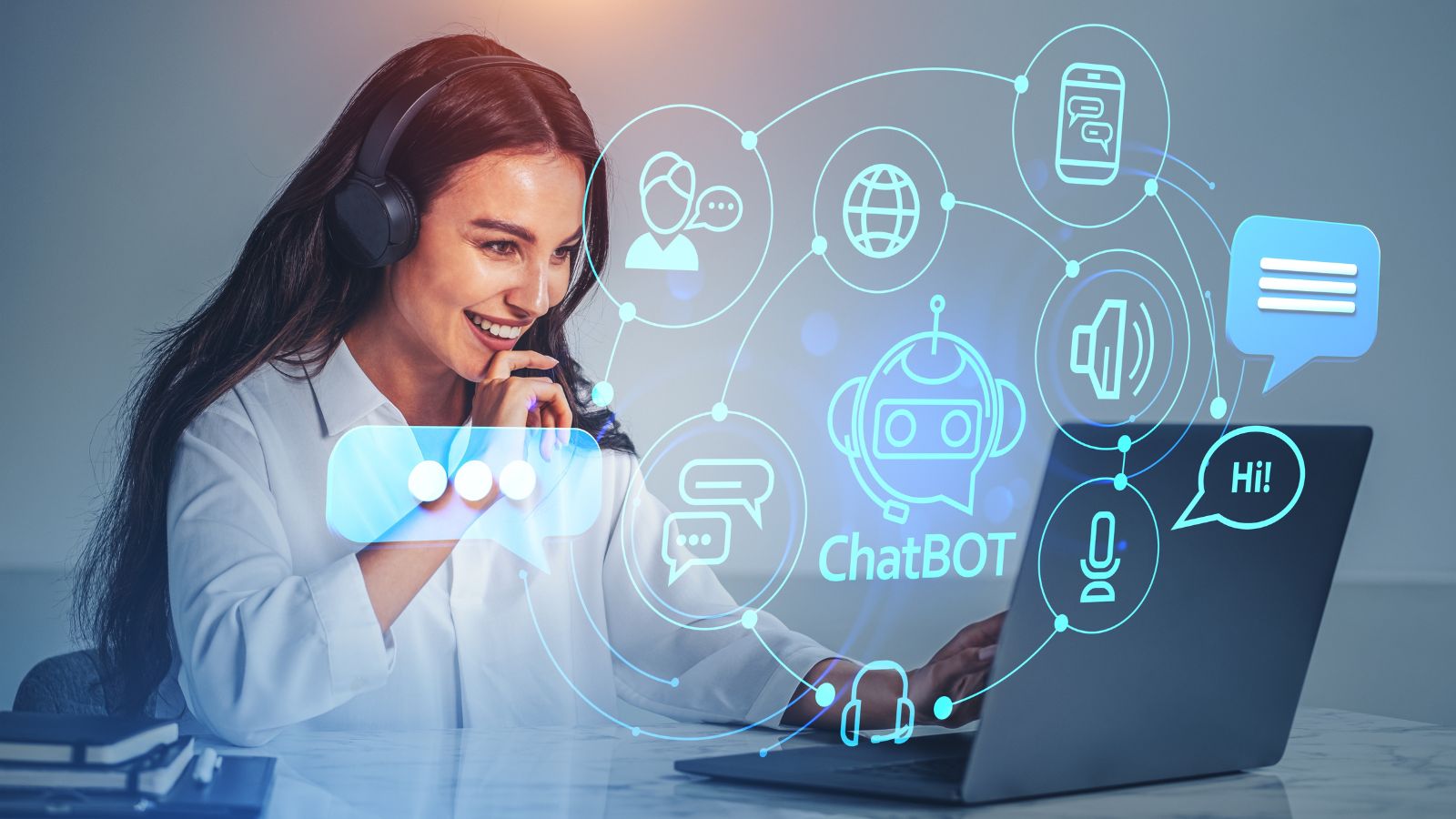
The new normal in customer service involves bots. Today, organizations are increasingly using AI-driven systems like chatbots to handle customer support calls, manage orders, and address complaints. These systems operate 24/7, do not require breaks, and can serve multiple customers simultaneously, making them an attractive alternative to hiring human employees. As a result, many customer service roles are being phased out.
Robots Are Taking Over Manufacturing Jobs:
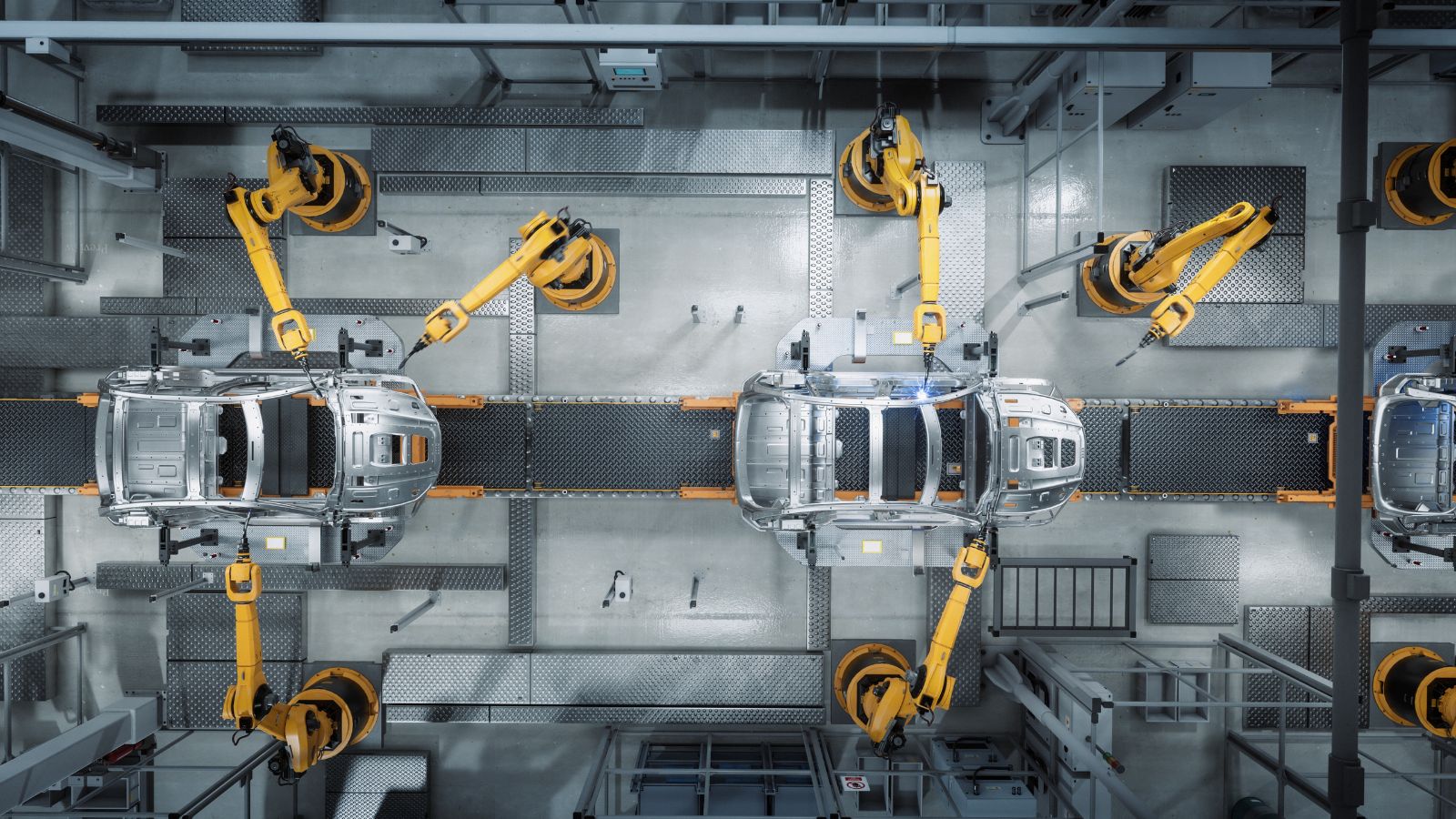
In the manufacturing industry, factory robots equipped with AI are rapidly taking jobs from humans. These robots can work faster, take no days off, and make fewer mistakes than their human counterparts. An increasing number of factories are transitioning to all-robot production lines, which dramatically reduces the need for human workers. This shift poses a significant risk to traditional manufacturing jobs.
Self-Driving Vehicles Are Threatening Driving Jobs:
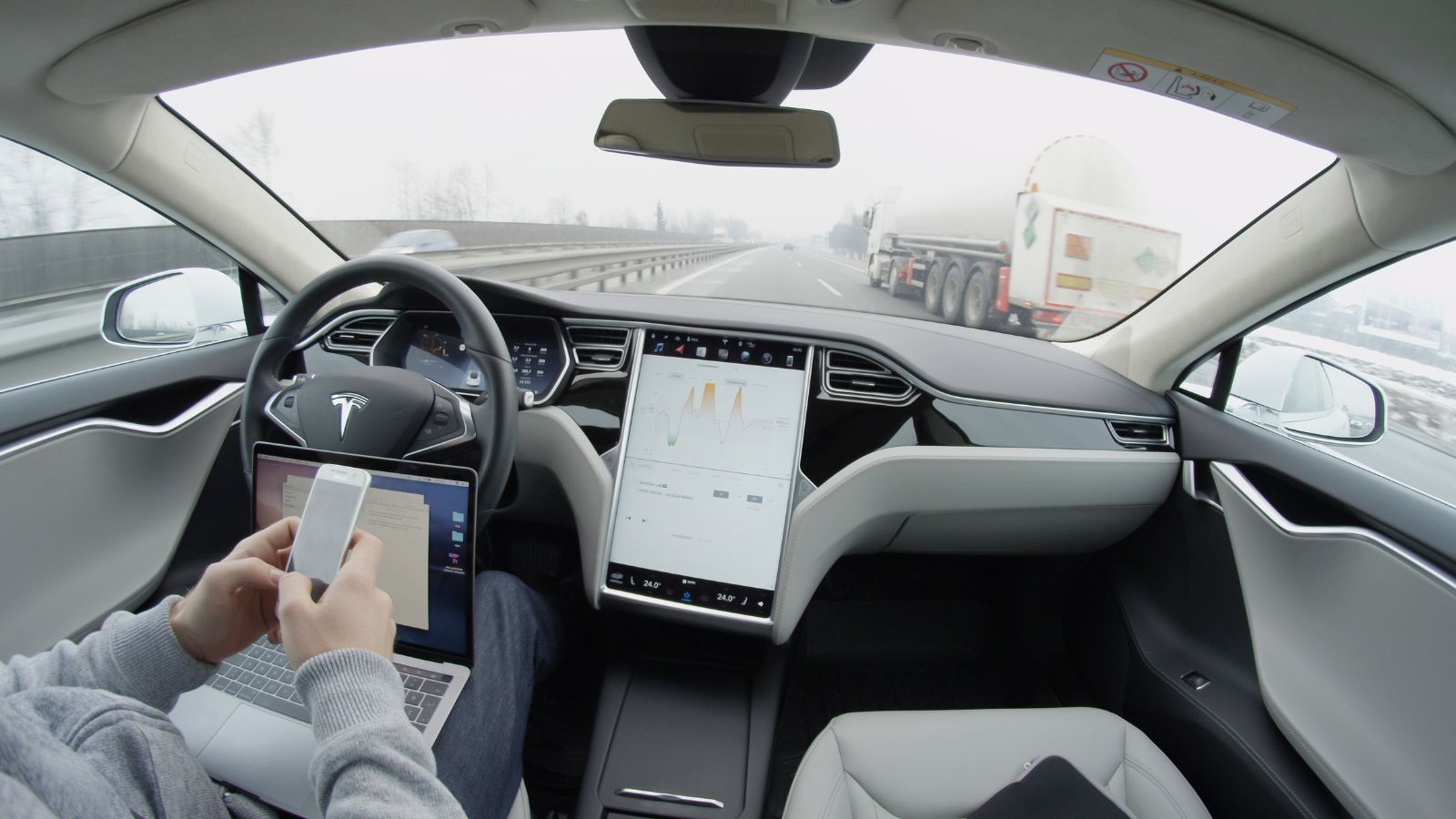
The need for human drivers is only going to diminish as AI progresses in the autonomous vehicle segment. Significant companies like Tesla, Waymo, and Uber are investing billions in developing driverless cars, trucks, and delivery vans. As these vehicles become more reliable, millions of truck drivers, delivery workers, and taxi drivers may find themselves out of work, further exacerbating job loss in the transportation sector.
AI Is Revolutionizing Healthcare – But at a Cost:
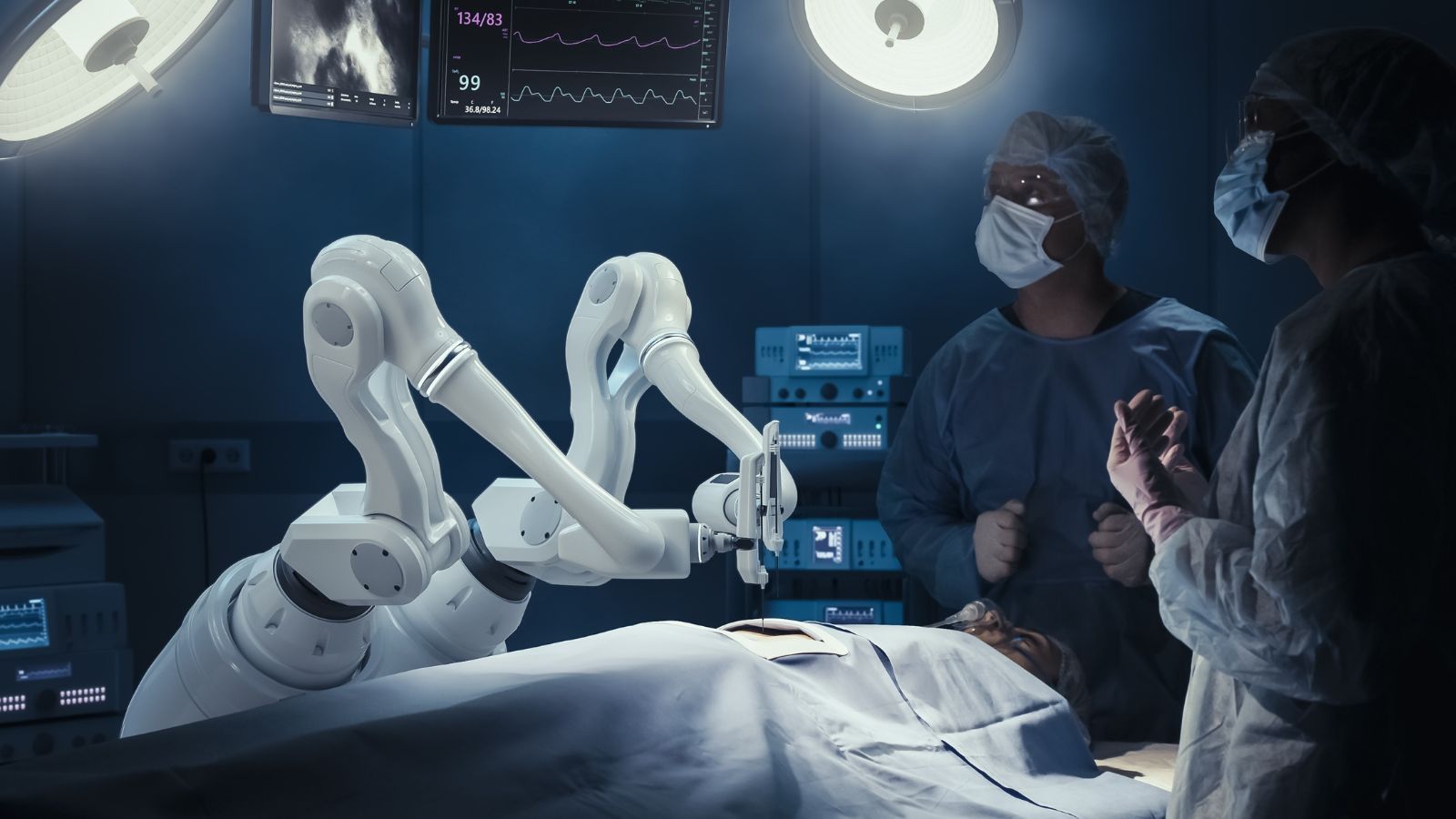
In healthcare, AI is demonstrating its capabilities in areas such as diagnostics and surgery. It can extract useful data from medical scans, analyze medical images, predict patient outcomes, and design treatment plans. While these advancements have the potential to enhance patient care, they also raise fears among healthcare professionals—such as radiologists, lab technicians, and administrative staff—that robots will replace them in their roles.
Retail Jobs Are Disappearing Thanks to Automation:

Retail stores are rapidly adopting AI technology. Self-checkout kiosks, automated inventory systems, and AI-driven sales recommendations have become standard in many retail environments. This shift is eliminating the need for cashiers, stock clerks, and sales assistants, leading to a significantly reduced retail workforce.
AI Is Outperforming Humans in Financial Services:
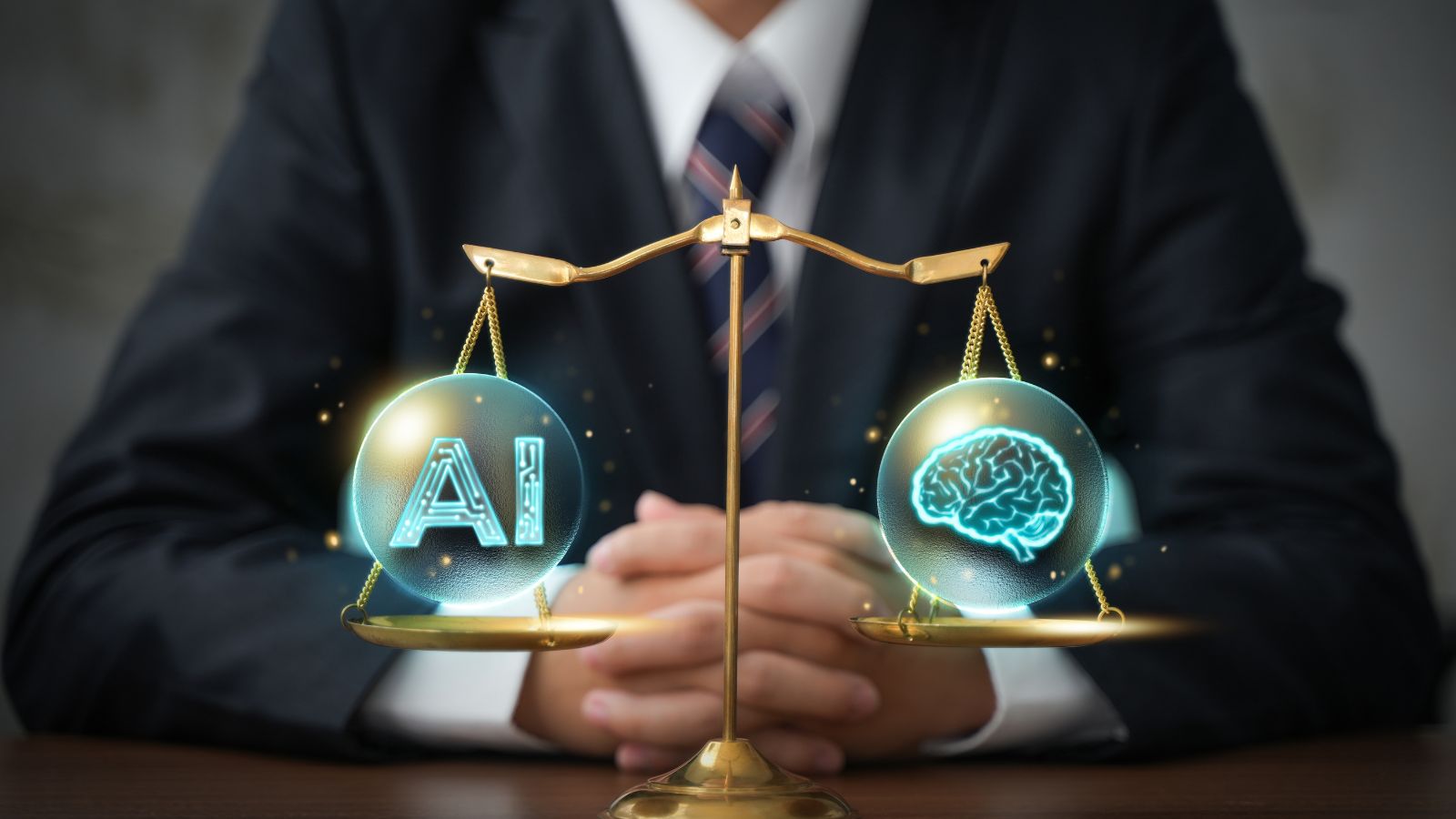
The financial sector has been utilizing AI for years to manage investments, understand market trends, and predict risks. One application of AI is using robo-advisors for financial recommendations, often considered superior to human financial advisors. These AI systems can access vast amounts of data, process it much faster, and make immediate decisions, leaving traditional banking, finance, and insurance jobs vulnerable to obsolescence.
Writing and Content Creation Are No Longer Safe:
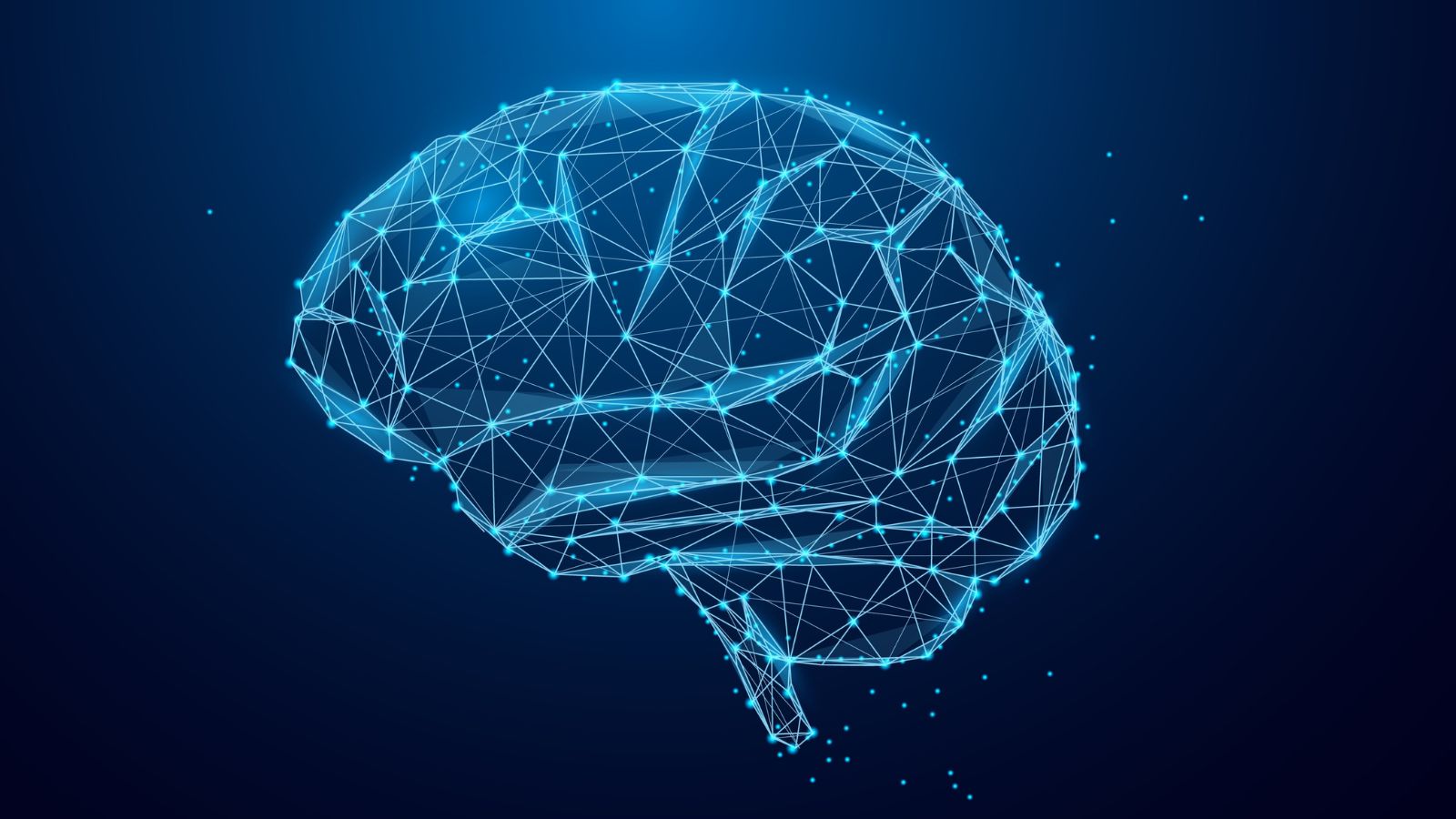
AI is becoming increasingly prevalent even in creative industries like writing and journalism. Advanced AI models, such as OpenAI’s GPT series, can generate high-quality articles in minutes. While AI may not replicate an individual’s unique and often messy creative process, it is already being used to write news articles, reports, and marketing copy, posing a threat to human writers and content creators.
AI Is Transforming Education:
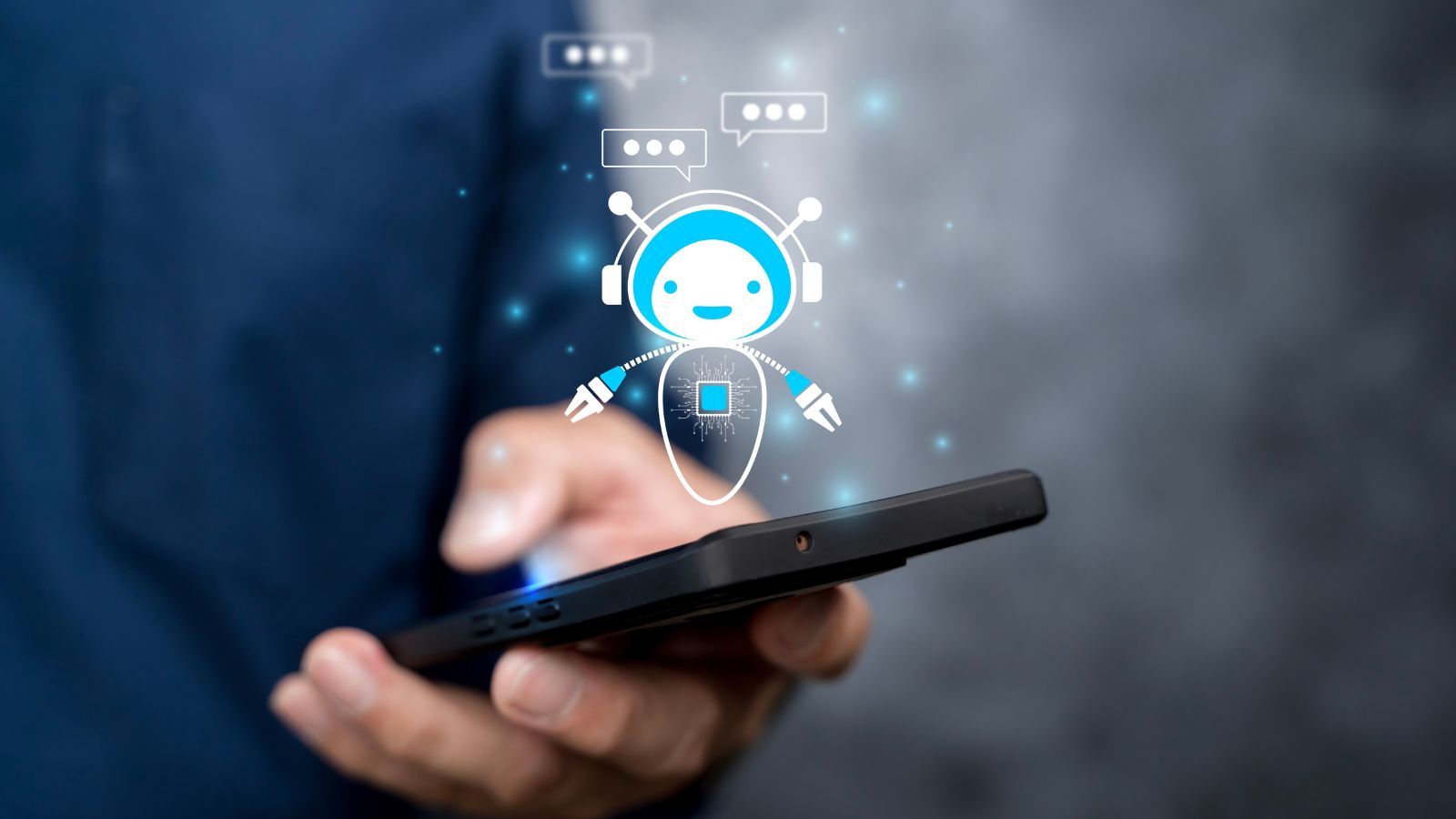
AI is changing how we learn and teach. Educational institutions are integrating digital tutors, automated grading systems, and personalized learning algorithms into their curriculums. While these technologies can enhance the educational experience, they also decrease the role of human teachers and administrative staff, particularly in terms of managing routine or repetitive tasks.
Robots are replacing Warehouse Jobs:
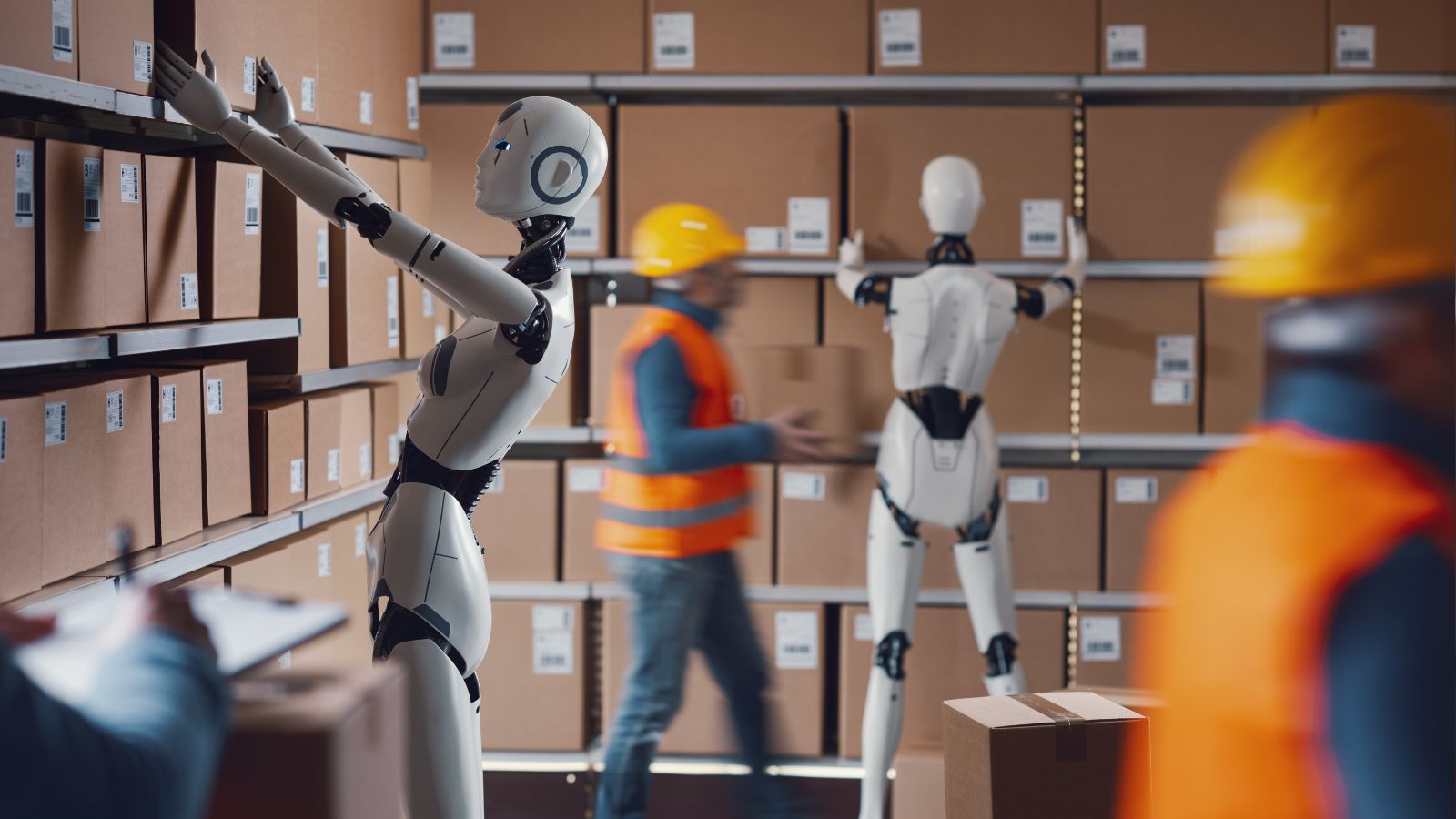
AI-controlled robots have become a common sight in warehouses and fulfillment centers. Robotics systems like those implemented by Amazon are designed to pick, pack, and ship items with remarkable speed and efficiency. This technology significantly reduces the need for human workers, especially during high-demand periods like holidays when companies previously relied on temporary staff.
AI Is Optimizing HR Functions:
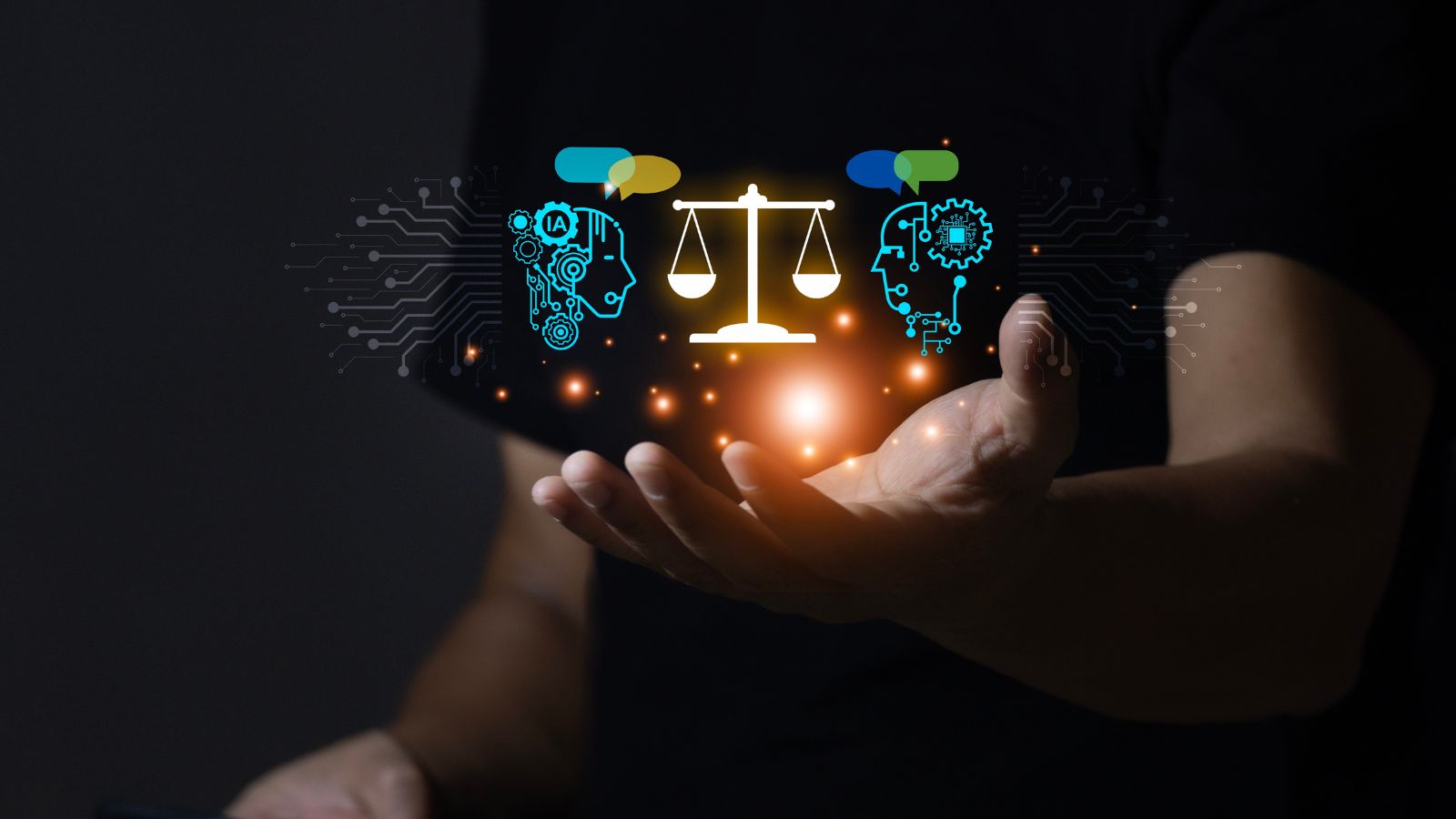
AI is also transforming human resources departments. Formal analysis of resumes, perceived HR needs, and initial interviews using algorithms have become common practices. While this can streamline HR processes, it also reduces the amount of work available for HR professionals, putting their roles at risk.
Agricultural Jobs Are Being Automated:
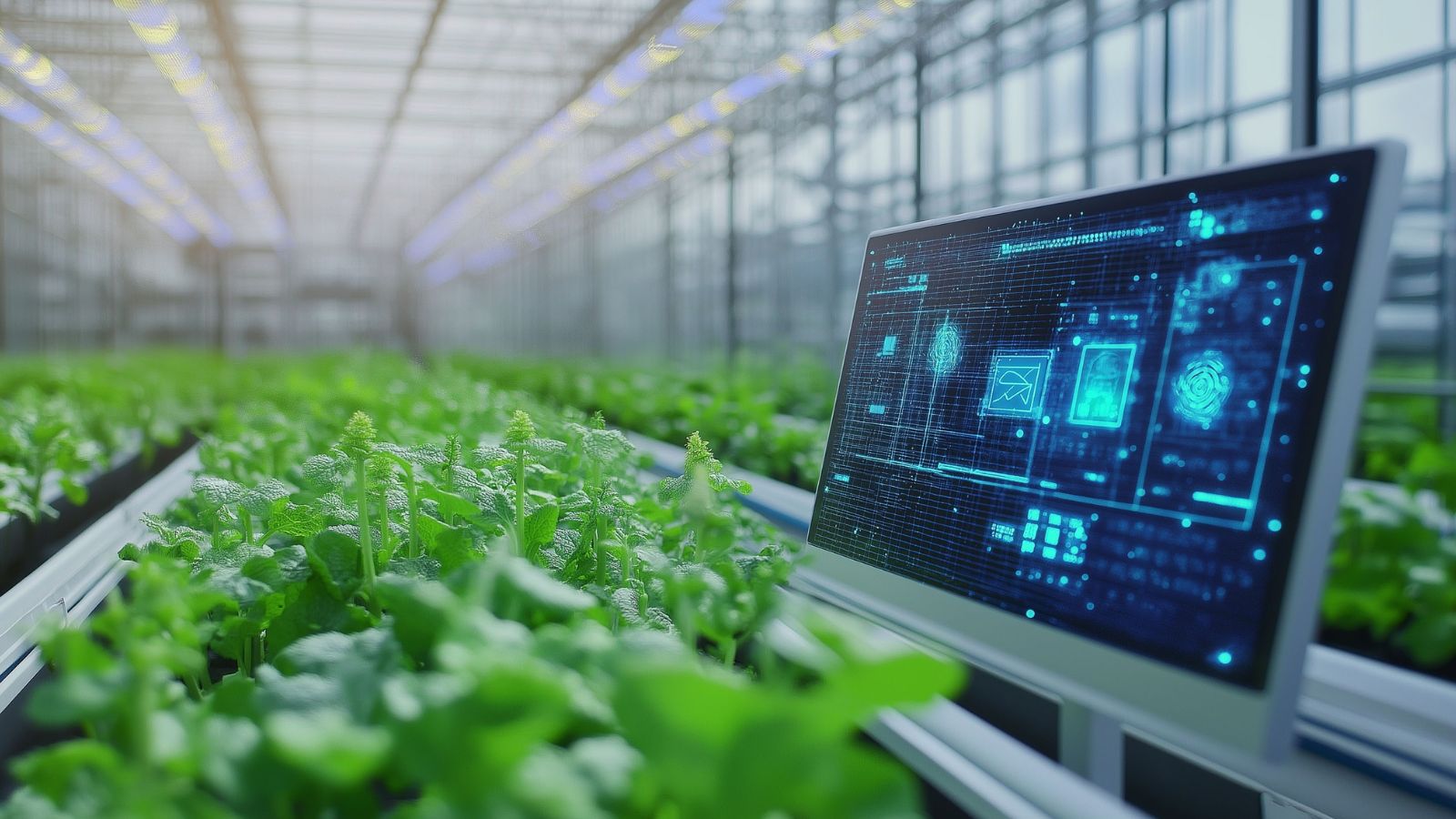
AI is improving efficiency and yields in the agricultural sector. Robotic systems, such as those designed for autonomous farming tasks, are becoming increasingly prevalent. These large machines can perform planting and harvesting tasks that once required many human workers, rendering particular agricultural jobs—especially those focused on manual labor—obsolete.
AI Is Taking Over the Legal Industry:
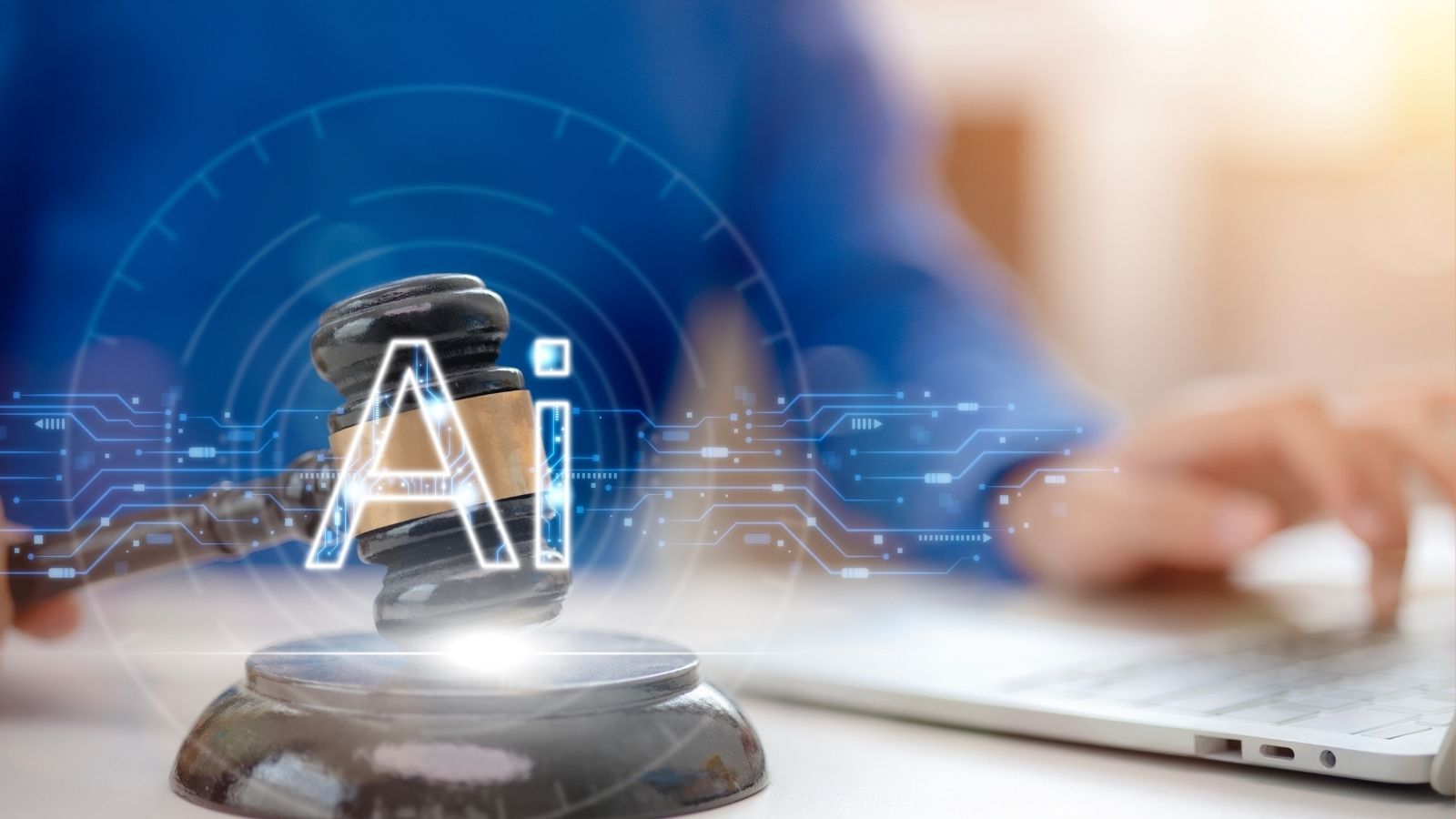
AI is making significant inroads in the legal field, automating tasks such as contract analysis, legal research, and outcome prediction. Law firms are increasingly applying AI tools to analyze large volumes of legal data more quickly than human lawyers can. This shift threatens traditional roles filled by paralegals, legal researchers, and junior associates.
AI Can Write Code:
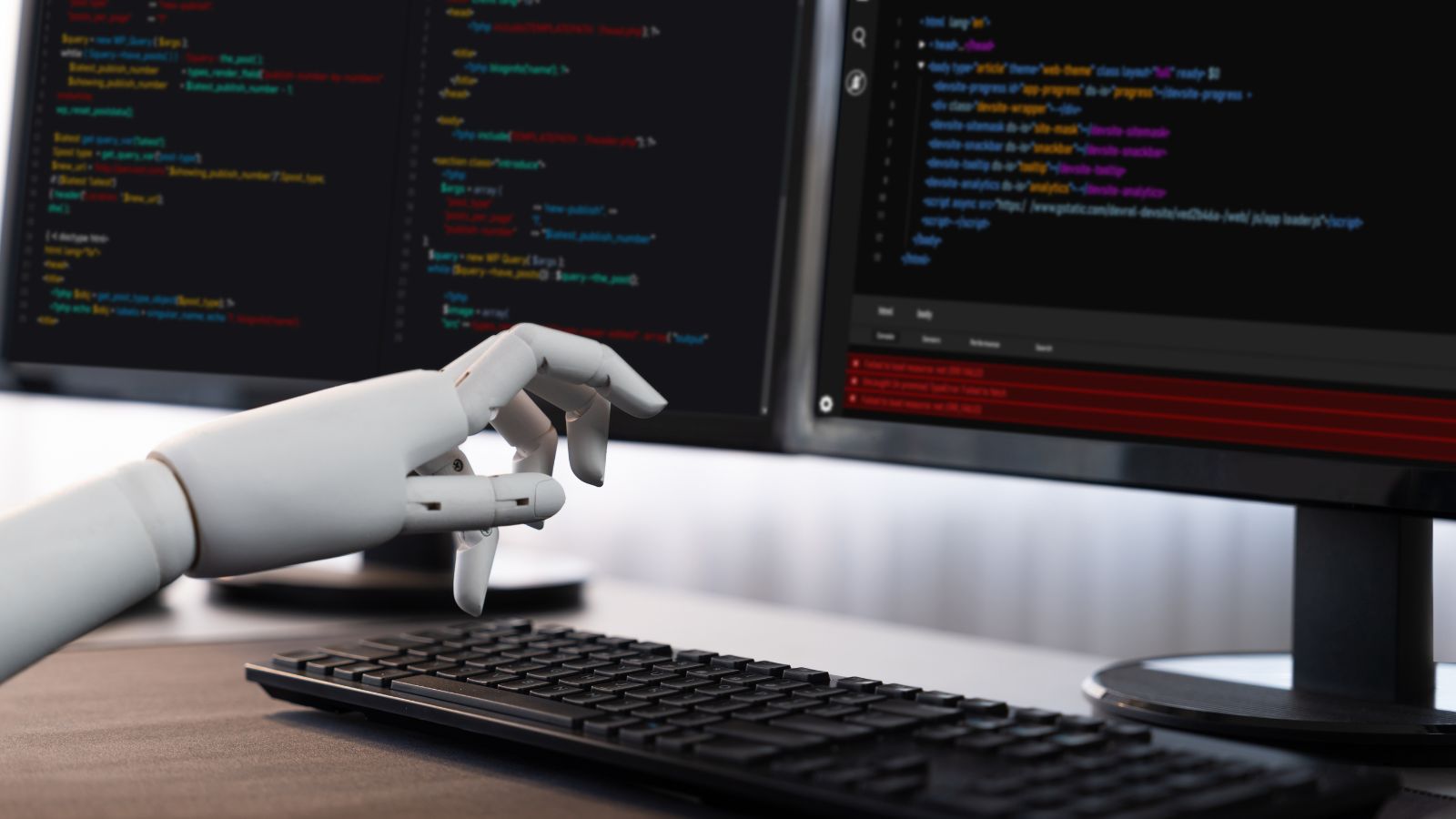
Coding is among the least expected areas to be impacted, a task many believed should remain in the human domain. AI systems like GitHub Copilot can now write code for developers and even suggest lines of code. While this capability speeds up and reduces software development costs, it raises concerns about the future of many entry-level programming jobs.
AI-Powered Art and Design:
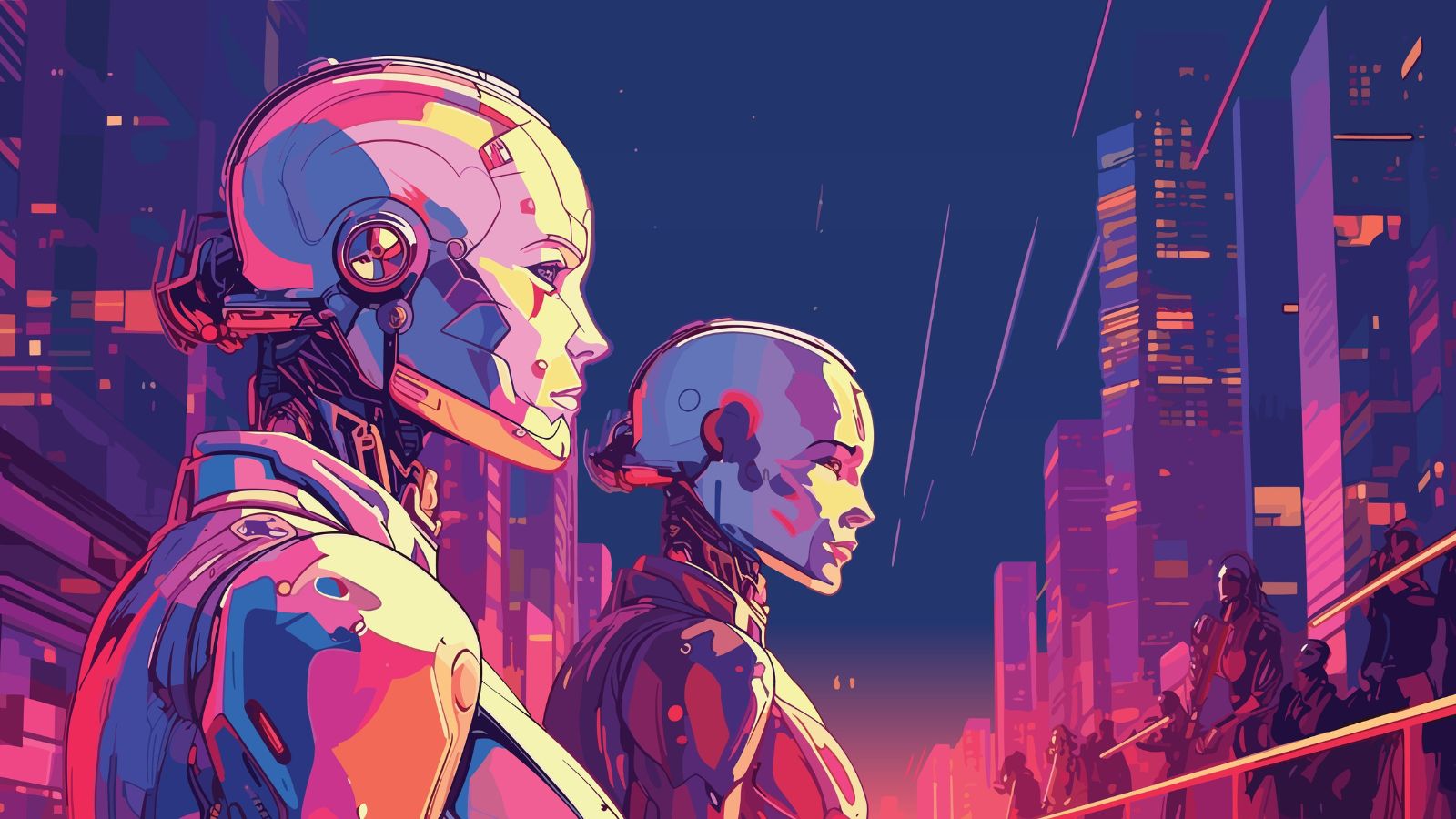
Even fields like art and design are not immune to the encroachment of AI. AI tools can now create artwork, design logos, and develop advertising materials. Although human creativity remains essential, AI can automate various aspects of the creative process, threatening jobs in design and media.
Conclusion
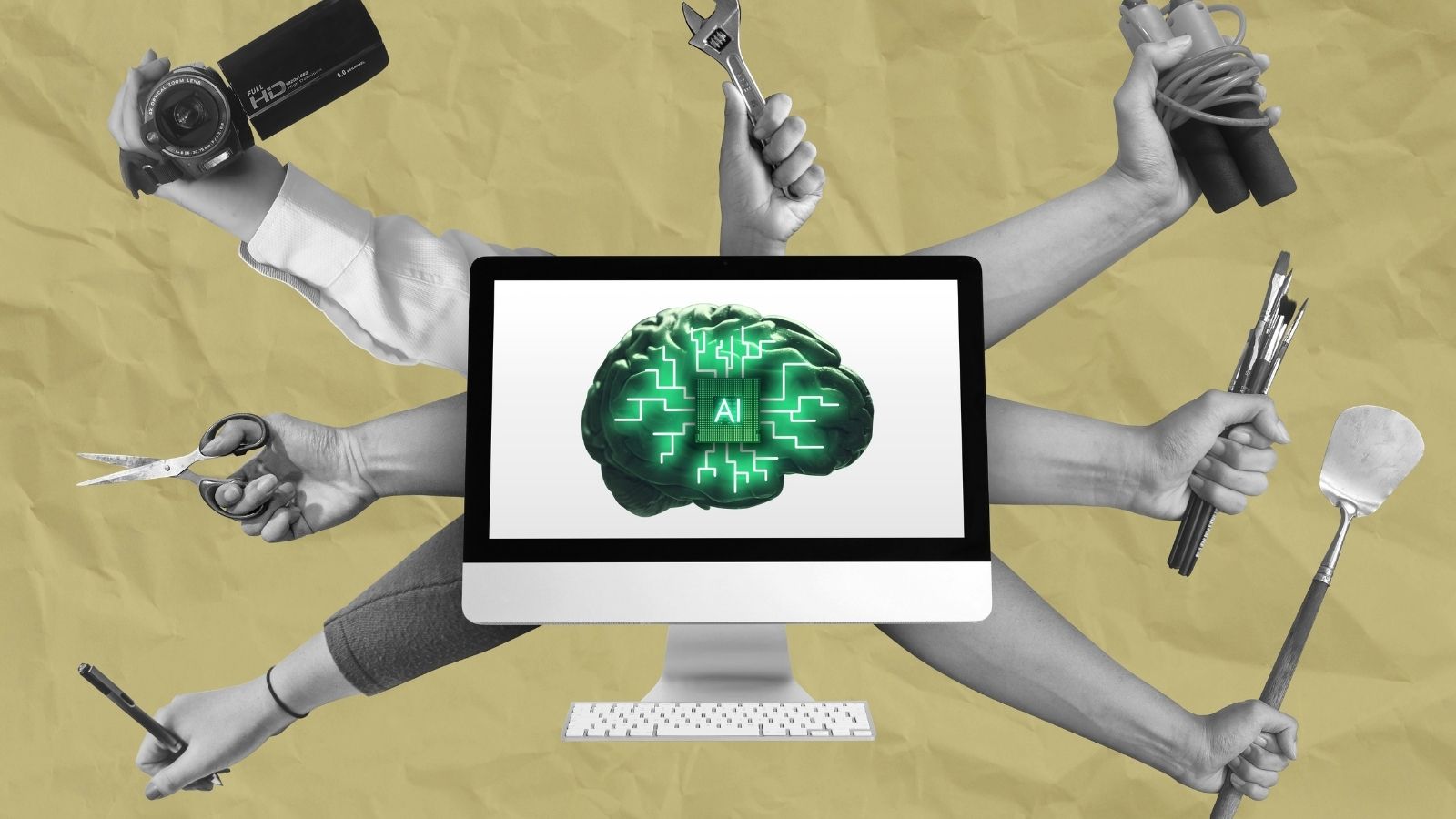
AI is disrupting industries much faster than most people ever expected. Even jobs once thought to be safe are increasingly being automated away, thanks to rapidly expanding AI capabilities. While this technology has the potential to enhance work efficiency and productivity, it also presents a genuine challenge to workers across multiple sectors. Adapting to this rapidly changing landscape is crucial. Workers will need to acquire new skills and embrace lifelong learning to remain relevant. Additionally, the roles of governments, educational institutions, and businesses will be vital in helping people transition into new roles that AI is less likely to replace.
18 Reasons Why People Are Leaving Florida in Masses

Exploring factors that impact the desirability of living in Florida, this list delves into various challenges shaping residents’ experiences. From environmental concerns like rising sea levels to economic factors such as fluctuating job markets, these issues collectively contribute to a nuanced understanding of the state’s appeal.
18 Reasons Why People Are Leaving Florida in Masses
